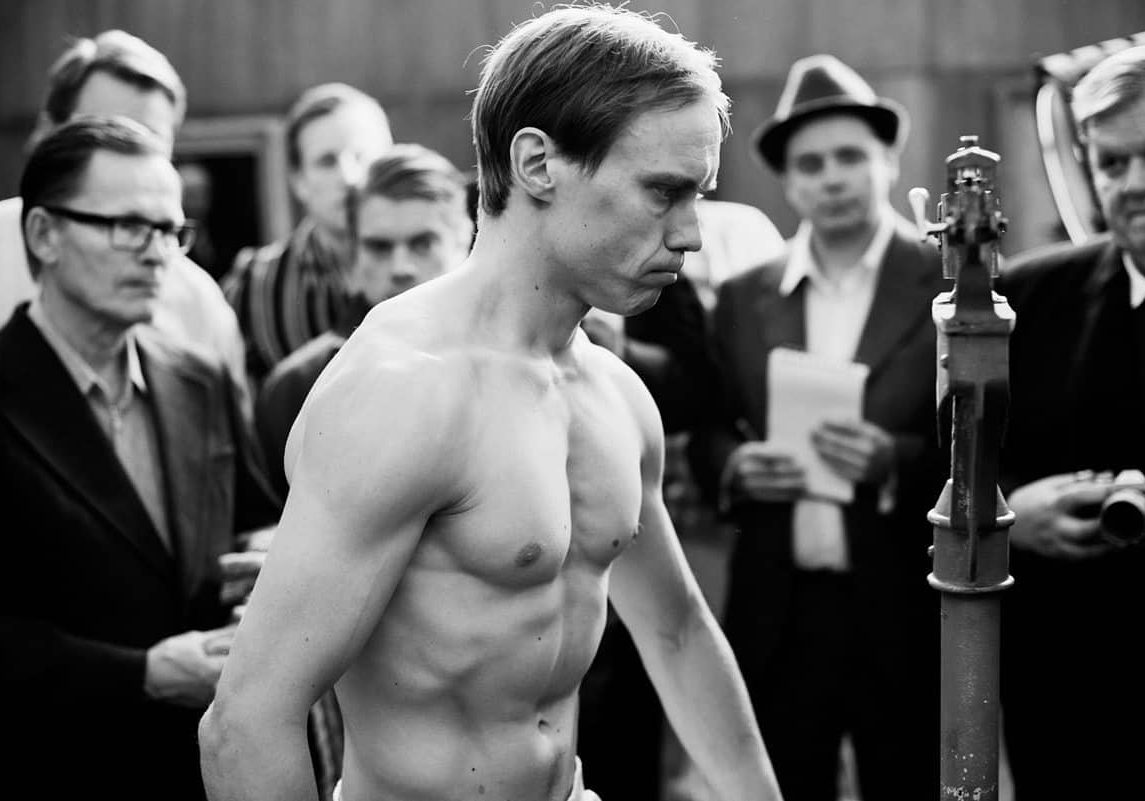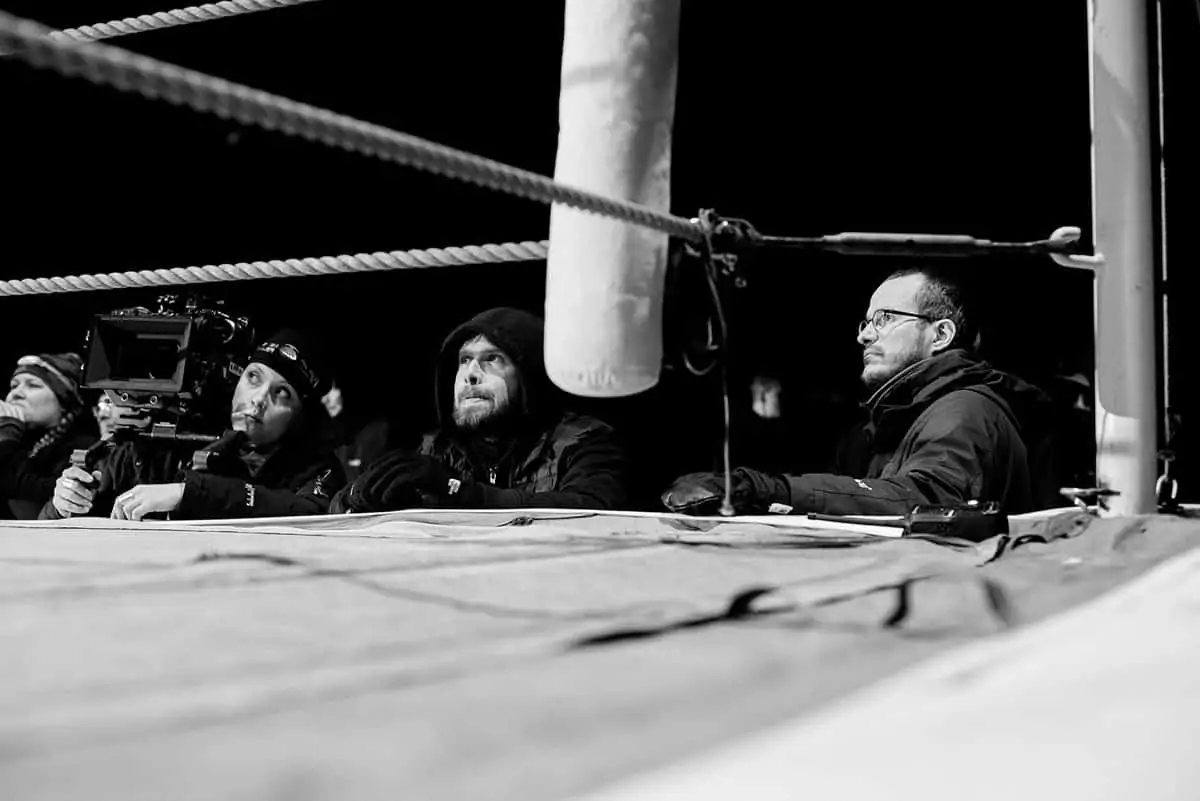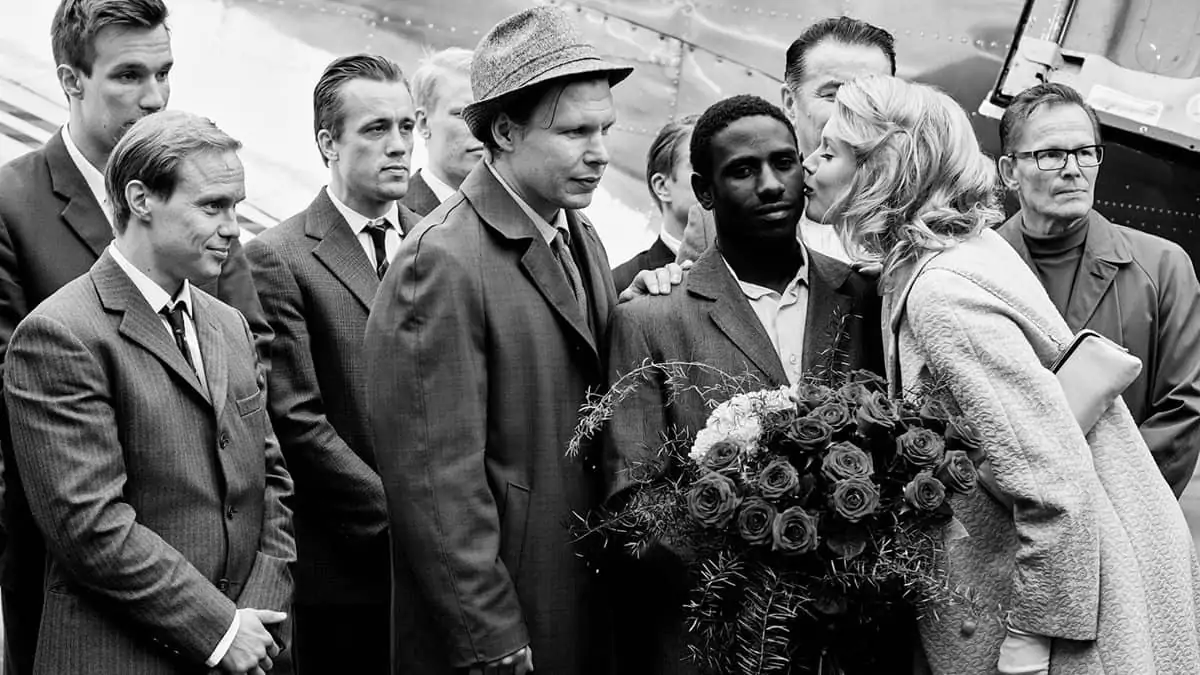Knock out
Jani-Petteri Passi / The Happiest Day In The Life Of Olli Mäki

Knock out
Jani-Petteri Passi / The Happiest Day In The Life Of Olli Mäki
BY: Birgit Heidsiek
Finnish pugilist production The Happiest Day In The Life Of Olli Mäki, directed by first-time director Juho Kuosmanen, uses a vérité-style to tell the tale of the 1962 world featherweight championship boxing match between country baker Olli Maki and the American titleholder Davey Moore.
The production shot mainly on 16mm B&W reversal filmstock, and won the Un Certain Regard prize at the 2016 Cannes Film Festival. Birgit Heidsiek caught up with DP Jani-Petteri Passi to discover more about his filmic approach and techniques.
What lead to the decision to shoot on 16mm B&W reversal?
J-PP: The decision came with the story that takes place in early ‘60s. We wanted the material to look naturally a bit like it was shot on that time, and to avoid digital processing as much as possible. Also, me and the director Juho have worked in several productions together, always shooting on film, both colour negative and reversal B&W, so we were not dealing with something that would have been totally new or exceptional for us.
We first tested only colour film formats – 8mm, 16mm and 35mm, both negative and reversal, with different ASAs – but after the tests we realised that we had to get rid of the colours. It was a thought that we had had already, before the tests, but we somehow thought it would be too radical. But after that we felt that we really had no choice. So we had some tests with negative and reversal B&W stocks and found out that the reversal has much richer tones, deeper blacks and cleaner whites. Also the grain of 16mm B&W negative was way too aggressive for our purposes.
What is specific about reversal film?
J-PP: The latitude, look and texture, to begin with. Its latitude is very limited, which means that it naturally has a very high-contrast look. But the limited latitude also means that exposing it is very critical, because Tri-X is very sensitive to under or overexposure. If you miss the exposure just by one stop either over or under, it can have a very significant impact during post production. Often you cannot bring those missing things back in post, unlike when working with negative. The peculiar feel of the material in this kind of film also means that the small mistakes, dust, scratches, the sway of the emulsion or the exposure issues just look something that should be there.
Which camera and lenses did you use?
J-PP: We shot on ARRIFLEX 416 Plus S16. The original plan was to use the production company's old Aaton XTR S16, but there were some electronic issues with it because we needed power for all the accessories, wireless follow focus, monitoring etc. But it was an easy decision to go with the new one because although we shot on Tri-X, we are not big fans of having troubles. The lenses were production company's high-speed Zeiss Distagon lenses.

"The boxing scenes were mostly choreographed by the actors during the rehearsals. I basically tried to learn what they would do, and how they would move, so that I could be in the ring with them and with the camera without being knocked out."
- Jani-Petteri Passi
Why did you shoot most of the scenes with a handheld camera?
J-PP: The camera was mostly handheld because of the rhythm and intensity of the story, but there were no strict rules, and we just tried to respect the content and the feeling of each scene.
Did you draw any storyboards for the boxing scenes?
J-PP: There was no storyboarding, the only drawings that we had were our lighting maps. The boxing scenes were mostly choreographed by the actors during the rehearsals. I basically tried to learn what they would do, and how they would move, so that I could be in the ring with them and with the camera without being knocked out. I also told them how I would be moving with them and asked them to move in a certain direction if needed. It was like being a third party that wants to dance with two guys who are only interested in hitting each other.
What was your light concept like?
J-PP: One of the main purposes was to not make our lighting work too visible, because the film needed an authentic feeling. We didn't want to stylise too much because that would easily break the illusion, especially in this kind of B&W period film that already is, in a way, set in some other time and dimension. So we always had a reason for the light – meaning that light should always have some logical source that we could explain to ourselves. The day exteriors were mostly non-bounced daylight and the interiors were lit with or without diffusion, but always from outside to give the needed freedom in the set and to have the natural look.
In which situations were the conditions too extreme for using reversal stock?
J-PP: We had, for example, large shallow locations where we wanted to shoot in various directions and move quite long distances during a shot. In this situation, we couldn't hide the lamps that needed to deliver the level of light needed for reversal stock, which is quite slow, around 160/200 ASA. In those kinds of situations we augmented and enhanced the practicals with our own lamps and shot on 500ASA colour negative, and sometimes also push-processed the material to capture everything we needed. But luckily we only had a couple of those locations and situations because we preferred to shoot on reversal, which we used for about 90% of the film.

Why did you decide to use colour film stock too?
J-PP: We had to use colour negative in some occasions because it is faster and can be push-processed. Also there was not so much reversal filmstock available. Kodak had to empty both their European and American supplies and even manufacture some more to get all the material we needed.
How did it change the workflow to shoot on film?
J-PP: Compared to video productions, the biggest differences are that you have to wait longer for the dailies with film, and with video you can check the takes afterwards from the video recorder. Which, in my opinion is only a good thing – assuming that you can deal with the pressure – because it makes you be very alert and aware when the camera is rolling. You also have to concentrate more on the following scenes and days, not on something you have already done, because usually there is not much to do after the material is shot, unless there are some major problems.
Do you prefer to shoot on film?
J-PP: The format depends of course on content and the resources, but I really like to work with film. In this organic format, with a chemical process, there is always something mystical and deep that electronic video formats just don't have. I think that the choice of the format is similar to the choice between a human drummer and a drum machine in a band, or the difference between vinyl album and a digital format.
What is your next project?
J-PP: My next main project is a feature-length documentary called Post Punk Disorder (working title), a sequel to the film The Punk Syndrome (2012). In that one I'm working as a cinematographer, but also as a co-director and co-writer, which was the case in The Punk Syndrome too. Post Punk Disorder will premier in the autumn of 2017.



